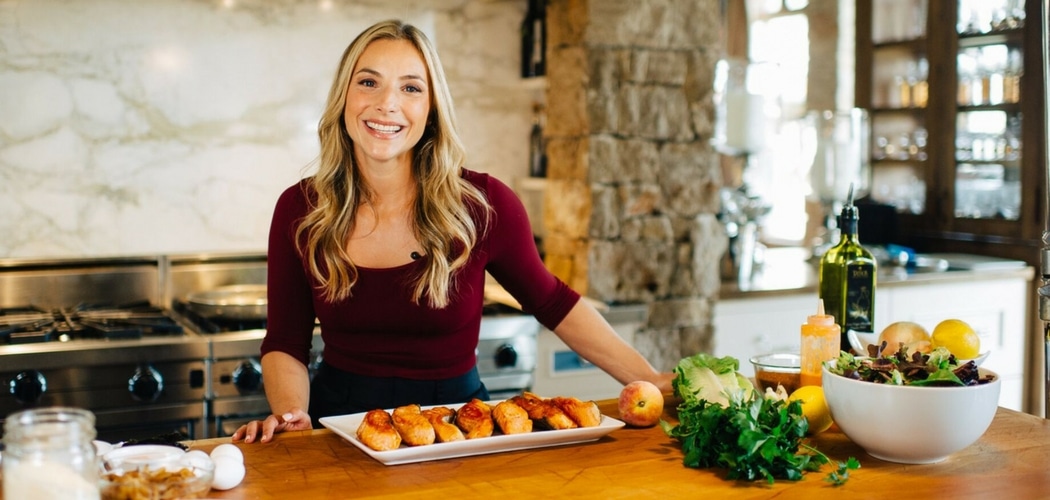Do you ever read food blogs or thumb through cookbooks and drool over the decadent treats inside? Do you also look at the ingredient list and wish there was a way to recreate the same dish without all the sugar and fats? Well, you can!
I love to modify and play around with the ingredients in dishes to create new versions that are better for you and taste just as good (if not better)! Here’s a quick reference guide to healthily any recipe.
1. Cut The Sugar
Sometimes I reduce the amount of sugar and sometimes I replace the sugar with a lower glycemic version—it just depends on the dish. Usually, you have to make the recipe once to gauge how much sugar you can eliminate next time. For example, if a recipe calls for 1 cup of sugar and it tastes super sweet then simply reduce the sugar to 3/4 cup the next time you bake it and see how it tastes. I find that recipes generally call for at least 1/4 cup too much sugar. If you make a dish and are happy with the sweetness, though, then try swapping out refined sugar with a better-for-you sweetener, such as organic maple syrup, raw honey, coconut sugar, xylitol, or dates.
2. Eliminate or Substitute The Flour
In certain recipes—like sauces or burgers—the flour can be totally eliminated. But if the flour is an absolute must to make a recipe work, use a gluten-free option. One of my favorite flours is the Cup4Cup all-purpose gluten-free flour because you don’t need to figure out conversion rates—simply swap one cup of regular flour for one cup of the Cup4Cup flour.
Sometimes I’ll also play with almond flour substitutions by replacing 1 cup regular flour with 1/2 cup almond flour and 1/2 cup all-purpose flour.
3. Add Veggies
There are so many creative and fun ways to sneak veggies into your everyday meals. Try sautéing onions, mushrooms, zucchini, and spinach and adding them to your breakfast omelets or a cheese toast. Try shredding veggies into marinara sauce and add chopped, cooked veggies into meatballs. The possibilities are endless.
4. Change The Fat
In cooking, replace canola oil with olive oil. In baking, replace margarine with unrefined coconut oil. Upgrade your stick of butter into ghee by heating it up and then skimming the white foam off to create a clarified butter.
5. Make it Fresh
When you make your meals from scratch, you have more flexibility to load up on good-for-you ingredients. Sure, store-bought goods are a lifesaver when you’re in a pinch for time. But if have a few hours a week, make your own veggie-loaded marinara sauce, preservative-free salad dressing, gluten-free burgers, well-sourced roasted chicken, wild-caught grilled salmon, almond flour-based baked goods, and the list goes on.
6. Modify Cooking Method
This is a big one! If a recipe calls for frying something, like potatoes, try roasting them in a generous amount of oil on a super high heat instead—it will give you that same crusty crunch without the fry. Another great swap? Try steaming your veggies instead of boiling them. This will ensure the vitamins and minerals stay in the food, rather than getting lost in the boiled water. Also, cut back on the BBQ and smoked foods and try oven broiling your food instead. This will help cut back chemicals that studies link to cancer. But, keep in mind, broiling requires the same watchful eye to avoid burning.
